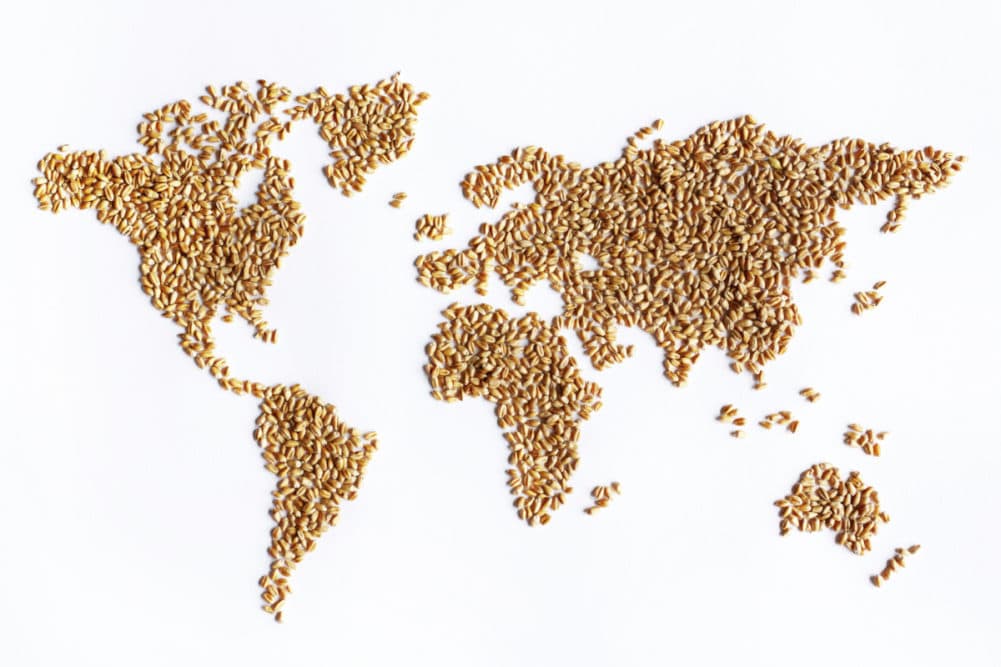
Changes in population and income levels will shift food demand and placement of corporate assets, Michael Zerr, long-term model lead, Cargill, Minneapolis, Minnesota, US, told attendees at the opening session of the International Sweetener Colloquium on Feb. 26.
When you think 10 years out, it’s not so much about prices as “how does Cargill place assets across the supply chain,” Zerr said. Long-term drivers are population growth and gross domestic product.
Depopulation in China is giving way to growth in India, now the world’s most populous country, Africa and the Mideast, Zerr said.
Food demand shifts as income levels increase, Zerr said. Low-income countries focus on calories. Mid-level income countries eat more meat or protein and less grain. In rich countries, the focus shifts to time, with consumers buying more convenient and variety-rich food.
“India in a way is the new China,” Zerr said.
As India’s population increases and incomes rise, there will be much more demand for food, including protein (dairy and pulses instead of meat for cultural reasons) and sweets, also due to cultural preferences. Daily caloric consumption in India still trails China by about 700 calories. Zerr noted that China is not a big consumer of sweets, unlike India, where there is a “huge culture around sweet products,” which means “massive sugar growth in India.”
